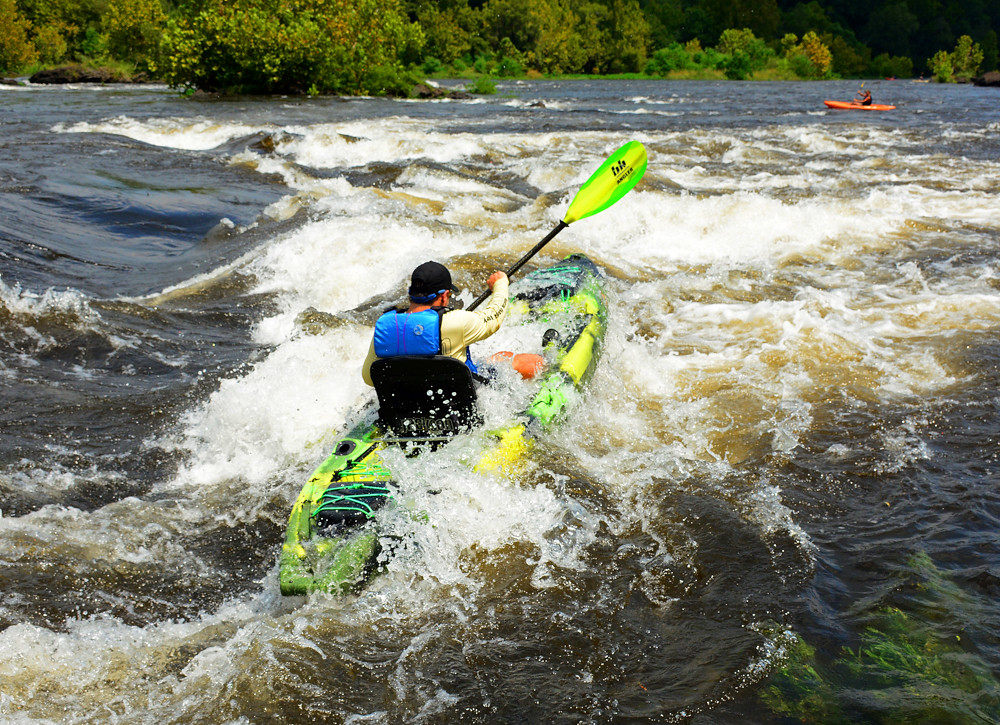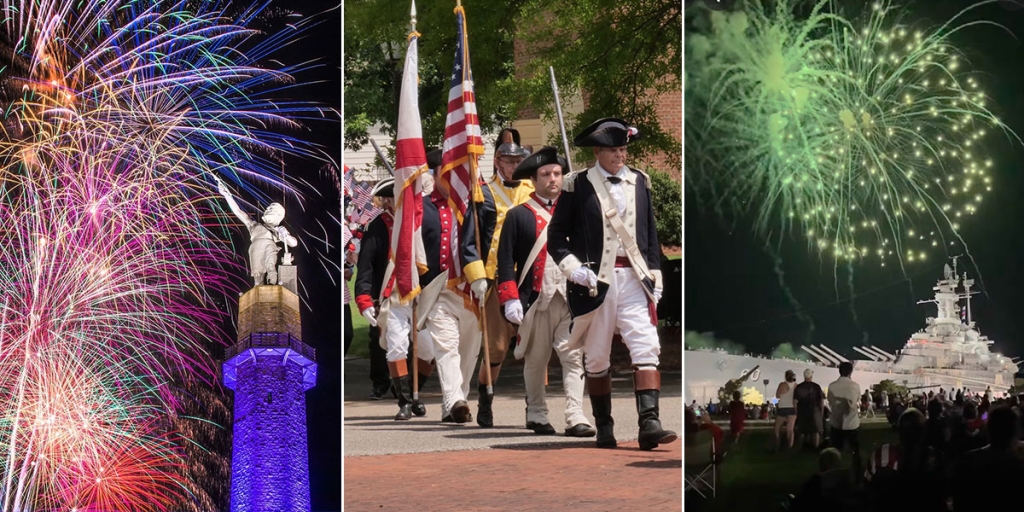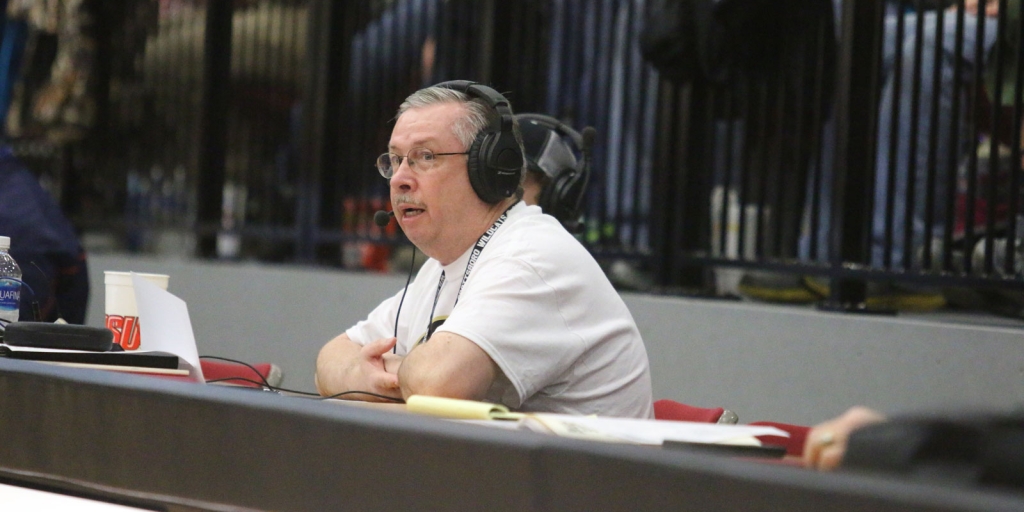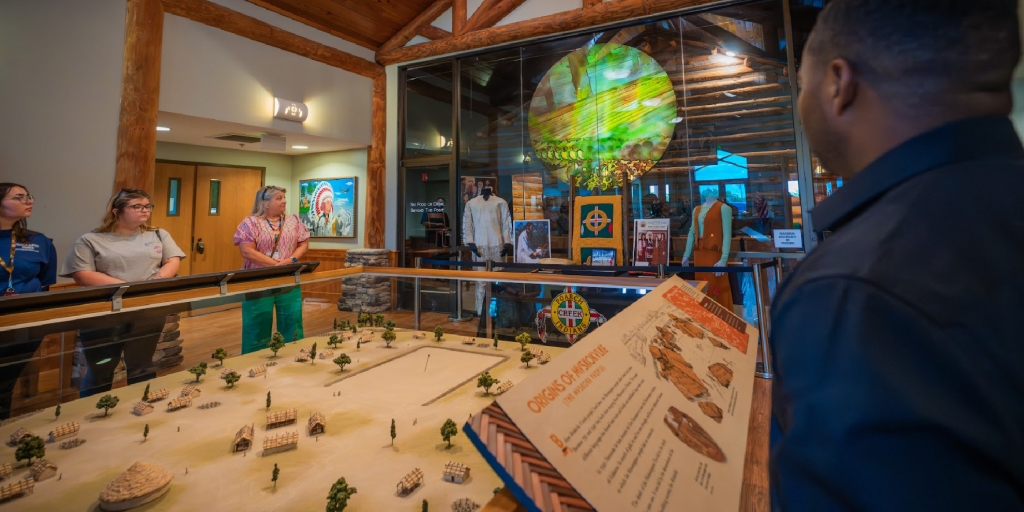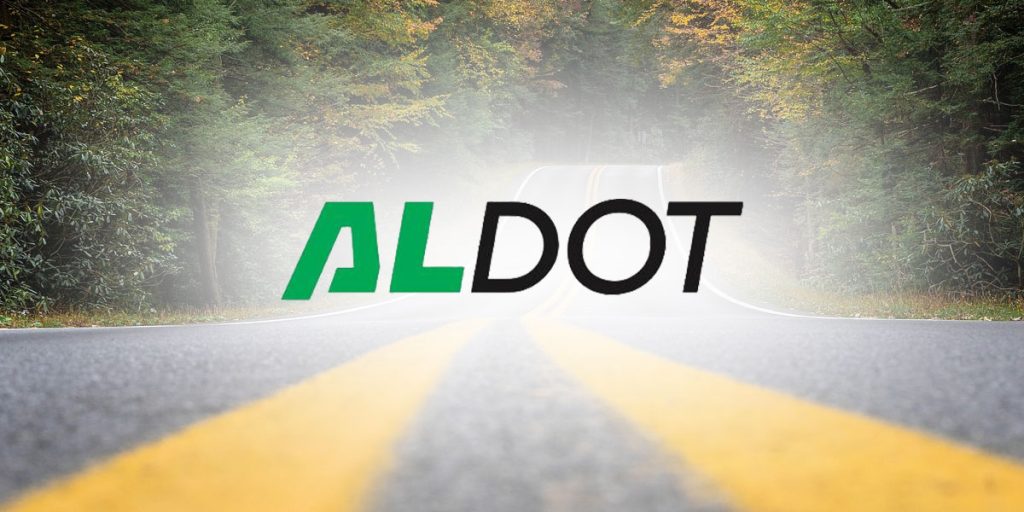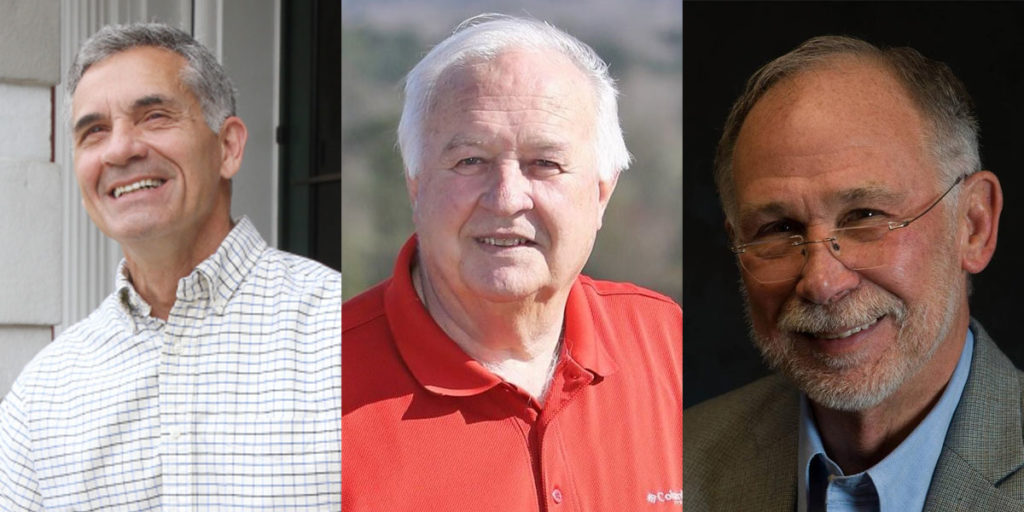Alabama’s state seal is the only one among 50 that touts its waterways on a map of the state. A handful of other states feature bodies of water in their artwork, but no other state showcases its river systems in its seal.
“If you look at our state seal, what’s the first thing that stands out? It shows the waterways going through Alabama,” said Blake Hardwich, executive director of the Coosa-Alabama River Improvement Association (Coosa-Alabama).
Alabama’s one-of-a-kind seal makes perfect sense to Hardwich, whose group advocates for tourism, recreation and economic development on the Coosa, Alabama and Tallapoosa rivers. Those rivers, and others in the state, are precious assets.
“We should be very grateful for the state we live in,” Hardwich said. “There’s not many states that have the type of system that we do.”
Others also realize the value of the state’s rivers, and their ability to grow the state’s economy while promoting recreation and tourism.
Based at Stanford University in California and working with the Alabama Innovation Commission, the Hoover Institution last month released a report of recommendations for growing a technology-based innovation economy. One of the 156-page report’s six chapters is devoted to Alabama’s extraordinary natural assets and how the state can leverage them to attract a high-tech workforce.
“Whitewater rafting, kayaking, canoeing, hiking, backpacking, bird-watching, skiing, mountain and road biking, rock climbing and the like tend to draw high-skill workers and entrepreneurs and then reveal to them the other benefits that will come when they relocate, such as lower housing costs, shorter commutes and friendlier communities,” the report said.
Hardwich noted that many of those activities happen on or near Alabama’s rivers.
“As you continue to try to attract a workforce, I think the waterways play a big role because along the waterways is where they put the hiking trails and the campgrounds and the kayaking courses,” she said.
A game-changing river project
Hardwich pointed to a massive project in Montgomery – a member city of Coosa-Alabama – that city and county officials call game-changing. The Poarch Creek Indians, also a Coosa-Alabama member, are part of the public-private partnership building Montgomery Whitewater, one of six examples of investing in outdoor recreation infrastructure the Hoover Institution report highlights.
“They are currently in the process of building a huge whitewater rafting park, and when I say water park, I don’t mean water slide,” Hardwich said.
Montgomery Whitewater will be a 120-acre whitewater adventure and entertainment complex. Construction began in June on the $50 million project, which will feature whitewater rafting, kayaking and canoeing, along with zip lines, hiking and mountain bike trails, climbing and a ropes course. The site will feature a conference center, restaurants, retail and entertainment events such as live music and festivals, as well as facilities for day camps.
“The impact of this will reverberate across our community and return the investment in more ways than we can imagine,” Montgomery County Commission Chairman Elton Dean said at the groundbreaking.
Construction is expected to generate 640 jobs and a one-time economic impact of almost $40 million, while the annual economic impact from operations is estimated at $35 million. The park is set to open in 2023.
The Hoover Institution report said Alabama needs substantially more investment in its outdoor infrastructure to capitalize on its abundant assets as a tool to attract workers for the innovation economy.
“Currently, many natural assets remain underdeveloped within Alabama, holding the state back from realizing its full potential to draw high-skill workers and to establish itself as an outdoor recreation powerhouse within the southeastern region of the United States,” the report said.
Over the past three years, since changing its mission, Coosa-Alabama has been positioning itself to bolster that outdoor recreation powerhouse. To understand the organization’s present and future, it helps to know the history of Coosa-Alabama.
The birth of Coosa-Alabama
The Coosa-Alabama River Improvement Association launched in 1890, founded by a group of businessmen headed by Capt. William Patrick Lay, a second-generation river boat pilot who later founded Alabama Power. The group recognized the value of the Coosa River, specifically for transporting goods between Gadsden, Alabama, and Rome, Georgia. Coosa-Alabama worked to convince the federal government to open the Coosa for navigation from Gadsden to Mobile, according to “Developed for the Service of Alabama,” historian Leah Rawls’ corporate history of Alabama Power.
While a navigable Coosa above Montgomery proved elusive, Coosa-Alabama’s efforts in the first half of the 20th century led to Congress authorizing a 9-foot navigation channel on the Mobile and Alabama rivers to Montgomery.
But a lack of regular dredging has led to commercial navigation drying up on the Alabama River. “It’s very rare that you will see a barge on the Alabama River now,” Hardwich says.
“It’s been tough a lot of times at the federal level to get the proper funding,” she said. Meanwhile, the Tennessee, Warrior-Tombigbee and the Tenn-Tom waterways remain commercially navigable.
“They receive funding. It’s kind of like the chicken or egg scenario. The way the Corps of Engineers looks at funding is the tonnage you have on your riverways,” Hardwich said. “If you have a certain amount of tonnage, you will be put into that formula where you’ll get funding to continuously dredge.”
If tonnage drops, so does funding, she said. “That’s the whole argument. If you’re not going to dredge the river, how can we get commercial navigation on the system?”
The lack of commercial navigation persuaded Coosa-Alabama’s leadership in 2018 to change the group’s mission. “If there’s not commercial navigation, what can we do as an association to still benefit the communities that are located throughout the Coosa and Tallapoosa and Alabama river systems?” Hardwich said.
Deciding on eco-tourism, recreation and economic development, Coosa-Alabama broadened its funding focus, setting its sights on dollars for recreational dredging, which is less expensive than commercial dredging because it is not as deep nor does it require a continuous channel on the river.
Recreational dredging on Coosa-Alabama rivers would help the group fulfill its new priorities, Hardwich said, boosting opportunities to recruit new businesses, especially those centered on recreation, which would draw tourists. Hardwich said dredging can be the difference, for example, between a community landing a fishing tournament, or not.
Fishing tournaments can be lucrative for the small towns that land them. Camden in Wilcox County hosted the Alabama Bass Nation High School Tournament in November with more than 160 fishing teams (two anglers and a coach) and parents.
Afterward, Alabama Bass Trail Program Director Kay Donaldson and James “Big Daddy” Lawler on the ABT Podcast discussed the impact such a tournament has.
“I’m no economic analyzer. I want to let everybody know that,” said Lawler, who has become an iconic figure in southwest Alabama promoting the outdoors. “But ever since you came to town in 2014 and Hardee’s sold out of biscuits, sold out of sausage on a Wednesday morning, I knew the economic impact a big tournament was going to have on our area. This (tournament) was no different.”
‘Tip of the iceberg’
Donaldson described the high school tournament as “just the tip of the iceberg for Camden and for Wilcox County.”
“I love it. I love the saying, ‘Build it and they will come,’ and think that has certainly been the case for Bridgeport Landing.”
Bridgeport City Landing, through the work of several partners including the city of Camden, the University of Alabama Center for Economic Development, the U.S. Army Corps of Engineers, the Wilcox County Chamber of Commerce, the Alabama Bass Trail and others, received enhancements that allowed it to host major outdoor sporting events such as ABT fishing tournaments.
Donaldson said many river communities around Alabama have seen development projects with partners including the Alabama Department of Conservation and Natural Resources, Alabama Power and others, totaling as much as $10 million in improvements.
“Alabama Power has been involved in Coosa-Alabama for a long time and always supported its mission of promoting Alabama’s waterways,” said Mike Godfrey, Alabama Power Environmental Affairs general manager.
“We have also been committed to expanding recreational opportunities along the Coosa River and throughout our service territory. With Coosa-Alabama’s expanded focus on economic development, there is tremendous opportunity for future partnerships that will showcase Alabama’s natural resources and have a positive impact on our state,” he said.
Donaldson on the ABT Podcast said that communities “don’t have to be a big metropolis” to generate significant economic impact.
“You can be a small town in a small rural community in the state of Alabama and have a Super Bowl type facility,” she said. “I’m really excited for you guys. I’m glad that it continues to create economic impact.”
Hardwich wants to see that sort of economic impact flow throughout the Coosa-Alabama’s river systems and help communities along the rivers. That means more dollars for dredging, she said.
“Recreational dredging includes everything from clearing entry points (boat launches/ramps) on the river to dredging silted-in areas of the river,” she said. “There are many public boat ramps that are silted in and boaters cannot launch or pull their boats out. Obviously, this would be an issue if you were hoping to be a contending city for a tournament such as the Alabama Bass Trail.”
Hardwich hopes an ongoing University of South Alabama study commissioned by the Delta Regional Authority will provide Coosa-Alabama ammunition for more funding for recreational dredging, but also for using Alabama’s rivers and other natural resources to build a 21st century economy.
“My hope is that we will have new data to share with our Legislature, as well as our congressional delegation and the Army Corps of Engineers and to also share with groups like the Hoover Institution as we move forward in trying to make Alabama a destination for people to move into the state.”
For more information on the Coosa-Alabama River Improvement Association, visit www.caria.org.
(Courtesy of Alabama NewsCenter)




